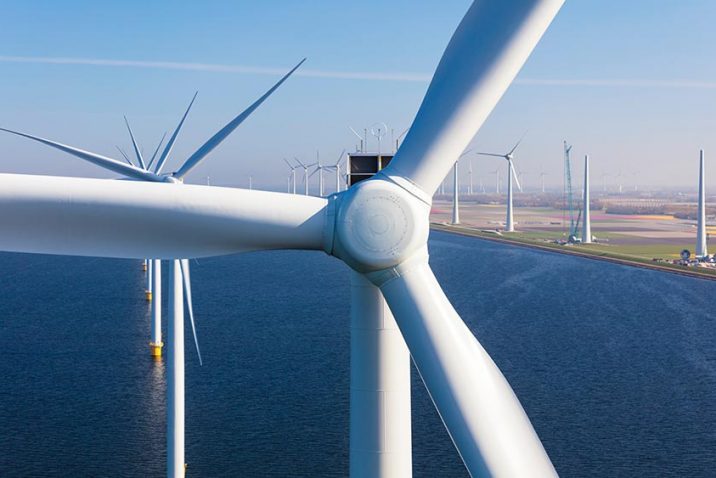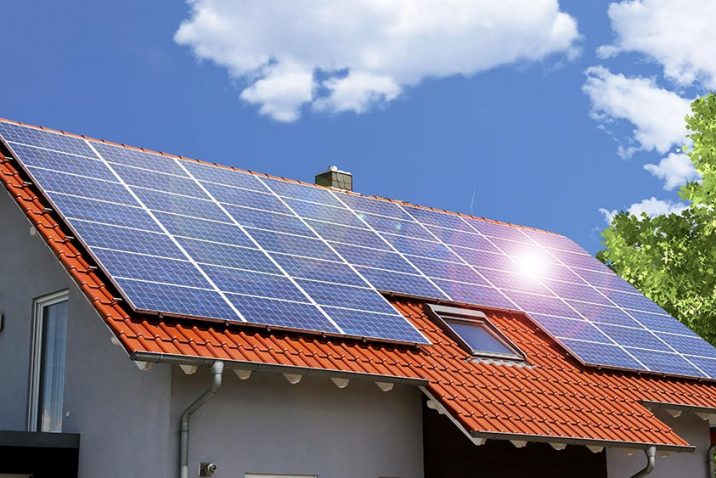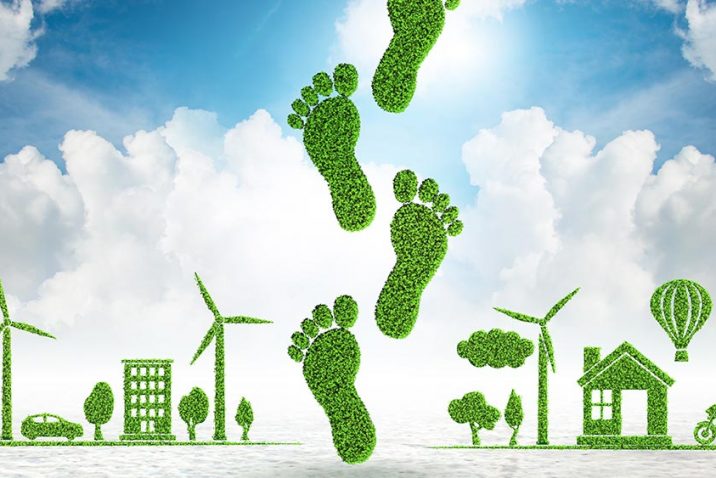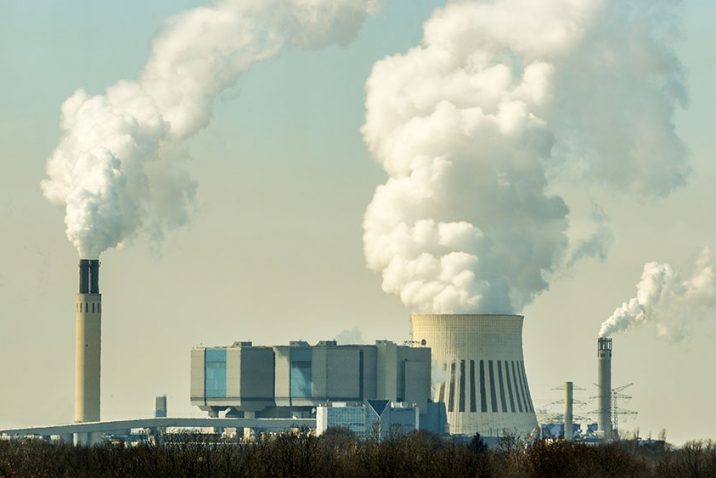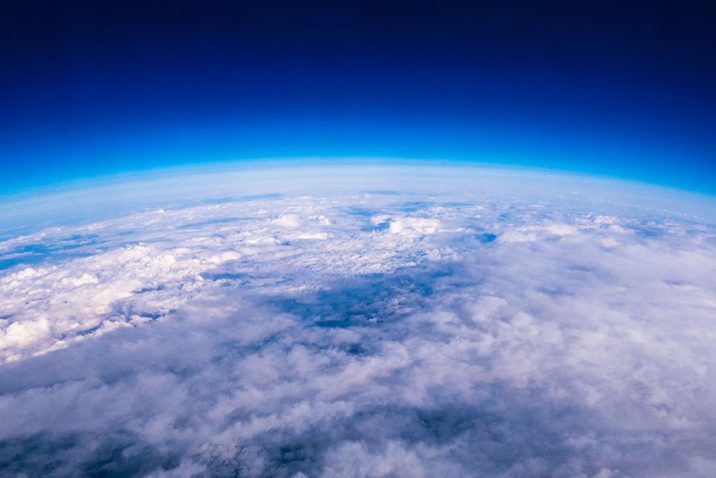Japan is known for its excessive plastic waste. Food products often come with more plastic packaging than in other countries. Fruits and snacks, in particular, are wrapped in layers of plastic, with individual pieces being individually plastic...
Wind power refers to the generation of electricity using wind turbines, which are driven by the wind or air flows. Due to the performance-enhancing built-in mechanism, the blades are always aligned with the direction of the wind. This mechanism also...
Carbon dioxide is generated through the burning of fossil fuels such as coal, natural gas and oil. Given the enormous negative environmental impact of carbon dioxide on Earth, the significant development of solar and other renewable energy sources...
Air travel is one of the most carbon-intensive activities and emits a lot of carbon dioxide into the atmosphere. One flight from the United States to Asia can produce as much as five metric tons of carbon dioxide, as well as other greenhouse gasses...
A carbon footprint refers to the amount of carbon dioxide and other greenhouse gas emissions generated by human activity. It is also one of the primary indicators used to understand one’s impact on global warming. Using the carbon footprint...
Making small changes in your day-to-day life can contribute to reducing greenhouse gas emissions. Given that transportation accounts for 14% of global greenhouse gas emissions, revising your transportation habits is a good place to start. Even if...
The increasing greenhouse gas concentration in the air accelerates heat retention, and this has led to climate change. As introduced in “Why are greenhouse gases bad for the atmosphere?” there are three major greenhouse gases: carbon dioxide...
The right balance of greenhouse gases in the atmosphere provides a steady climate on Earth. It offers a habitable space to all living things. While the atmosphere retains a certain amount of radiation from the sun by itself, greenhouse gases help...



